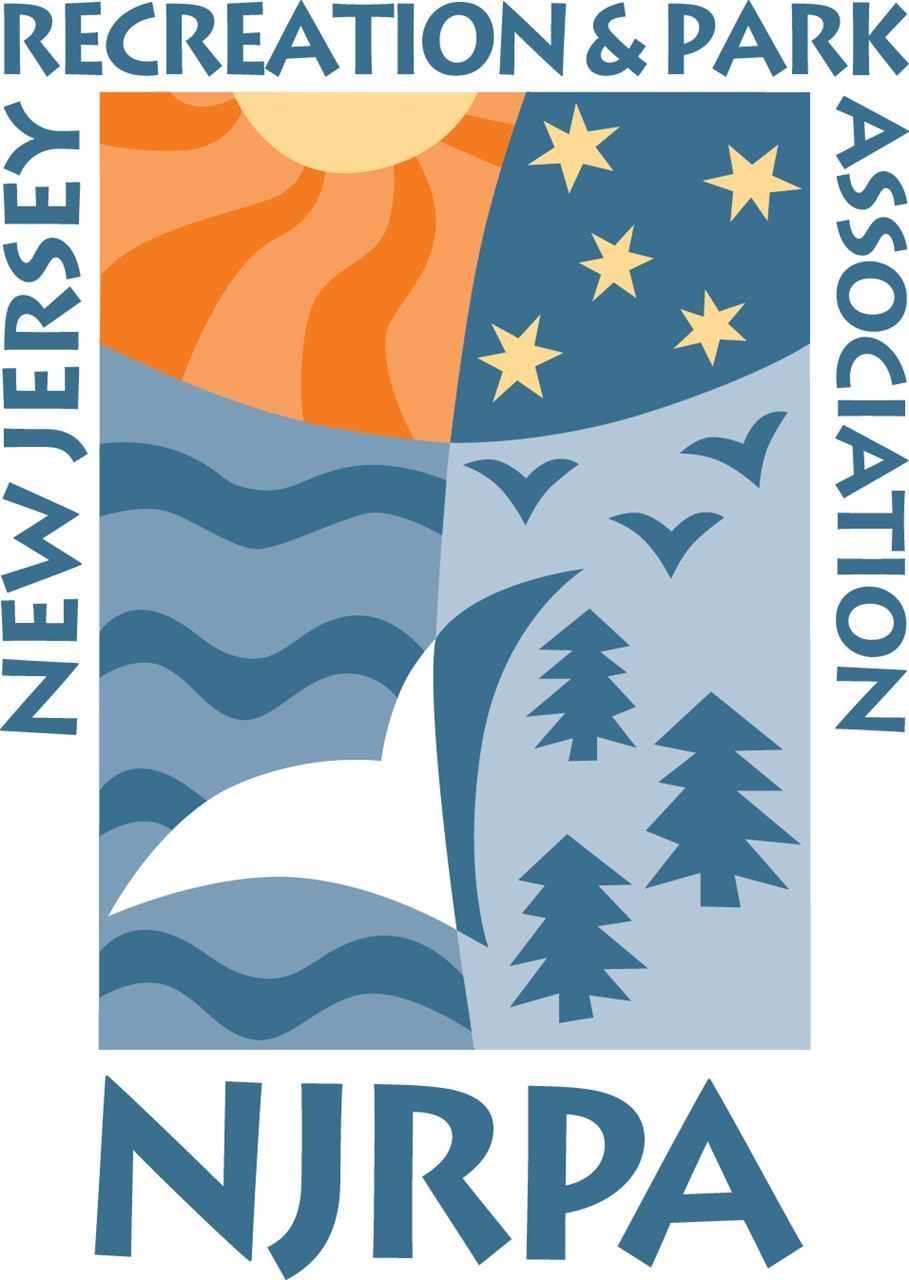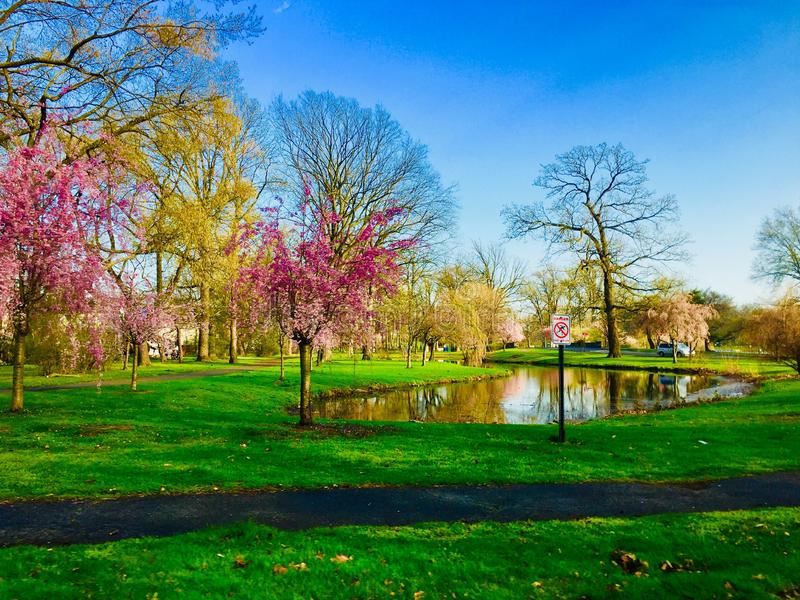|
By Todd Pover, Senior Wildlife Biologist
Something unusual and exciting has happened just off the coast of New Jersey; a new island that has become a haven for birds has formed. Located on the southern edge of the Little Egg Inlet, the island is about 1000 feet offshore of Little Beach Island, a Unit of the Edwin B. Forsythe National Wildlife Refuge (Refuge). Of course, it didn’t form overnight, an emergent shoal has been noted in that location since about 2018, and it has slowly been growing, likely as a result of the longshore drift of sand from Long Beach Island. The island, dubbed Horseshoe Island because of its distinctive shape, provides incredibly valuable habitat for nesting and migratory birds, including many at-risk species.
Field biologists from the Conserve Wildlife Foundation of New Jersey (CWF) had been eyeing the offshore “sand bar” with their scopes and binoculars for signs of bird activity over the past three years while they were monitoring beach nesting bird sites on nearby Refuge lands. Shorebirds were observed during low tides, but it wasn’t until last spring (2021) that it appeared the island’s elevation was high enough during all tide cycles to support nesting birds. From a distance, American oystercatchers were regularly spied in early spring suggesting they might be nesting, and so in May the CWF crew boated out to get an up-close look. On that initial trip they found several oystercatcher nests, even some hatched chicks, as well as signs of terns prospecting to nest. Most surprising of all was the large size of the island – estimated at about 100 acres at high tide - which wasn’t apparent from views from the mainland.
No sooner was nesting documented at Horseshoe Island than a strong nor’easter swept along the entire Northeast Atlantic Coast over Memorial Day weekend, flooding most beach nesting bird nests along its path. There were fears it may have swept the island away as well, but once the weather settled, CWF staff were able to get out to find that not only had the island survived, but that new colonies of terns and black skimmers had arrived. Biologists from NJ Fish and Wildlife - Endangered and Nongame Species Program (ENSP) regularly monitored the island for the rest of the summer. Reducing human disturbance was important so they posted portions of the site to alert the public that birds needed protection.
In its maiden nesting year, the island’s bird tallies were quite spectacular, including the presence of New Jersey’s largest least tern colony (470 adults). The island was also home to one of just a few black skimmer colonies in the state. In addition to both of those state endangered species, common and royal terns nested at the site, including the northernmost colony of royal terns in the Western Hemisphere. Piping plovers and red knots - both federally threatened and state endangered species - also used the island. In addition to all of this breeding, the site hosted a multitude of other seabirds and shorebirds that used the area for resting and foraging.
Not surprisingly, as quickly as birds discovered the island, boaters also made their way to the site as the summer progressed last year. With the densest human population and one of the most developed coastlines in the nation, finding highly suitable and undisturbed habitat for coastal birds in New Jersey is incredibly difficult. It is nearly unprecedented that a new site could develop like Horseshoe Island: an undisturbed, predator-free habitat for rare birds.
To ensure this new site remained the haven for birds that it was in 2021, the ENSP and Refuge petitioned the state’s Tidelands Resource Council (Council) for joint management rights of the island. The Council approved a plan that allows the agencies to close the island to public use from March 1 to September 30 each year – the most critical time for nesting and migratory shorebirds – for the next five years. As a result, people are not allowed on the island, nor are boat or personal watercraft landings permitted during the restricted period.
Staff from the state and CWF (acting on behalf of the Refuge) have already begun preliminary monitoring of bird usage at the site, as well as posting for the public closure. In additional to frequent biological monitoring, the site will be patrolled to monitor unauthorized public usage and the agencies will conduct outreach about the purpose of the closure. Although managing and monitoring an offshore island in a dynamic coastal environment presents numerous logistical challenges, staff at the ENSP, Refuge, and CWF are excited about the opportunity to secure a safe future for wildlife using the site.
For more information about the island and its management, read the Horseshoe Island Management Plan:
|



